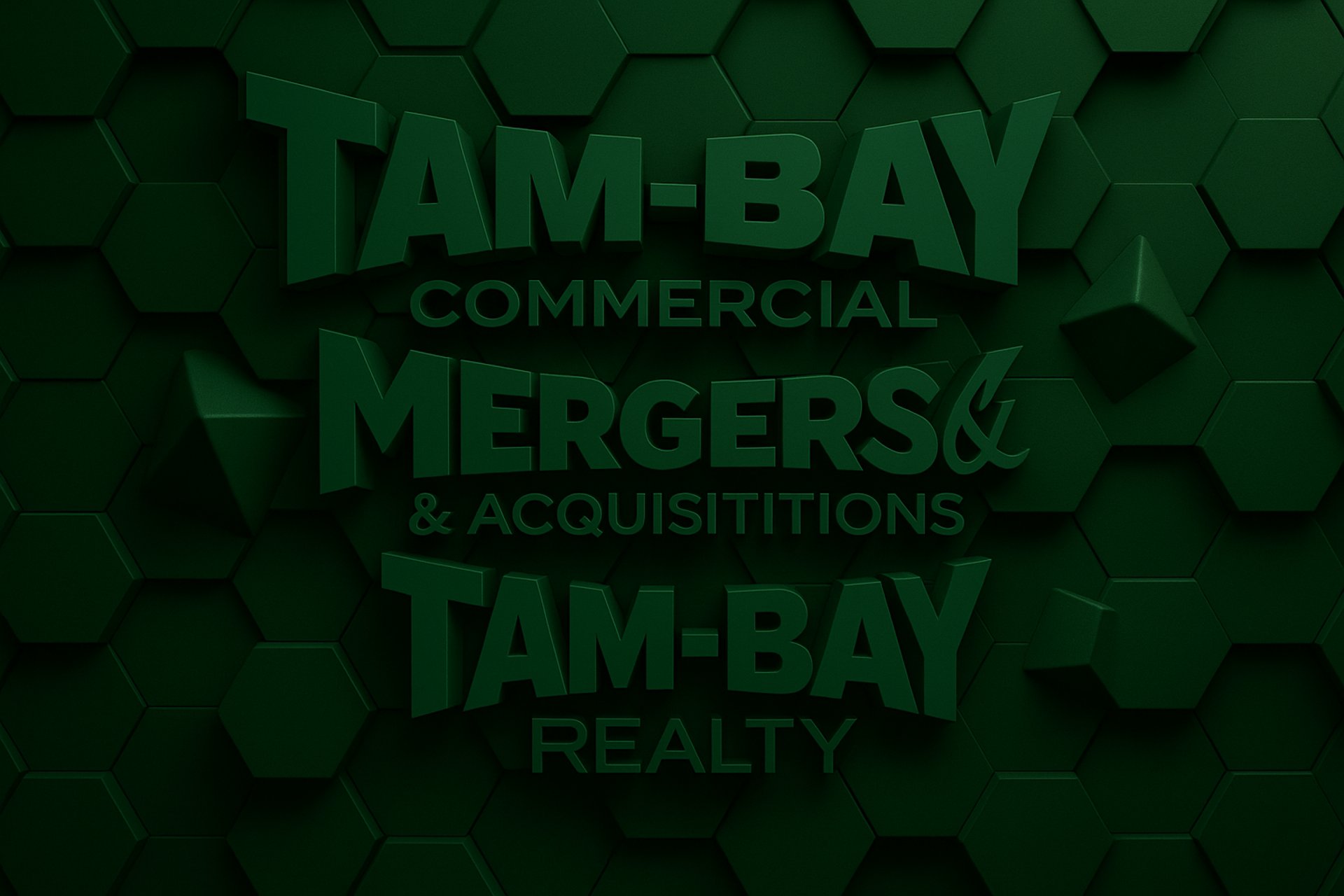
Insider’s Blueprint for Leasing Office Space in Downtown Tampa
Discover key steps for leasing office space in downtown Tampa, from defining your needs to negotiating favorable terms. Contact TAMBAY Commercial today.
Adam Brubaker
6/24/20253 min read



Insider’s Blueprint for Leasing Office Space in Downtown Tampa
Leasing office space in downtown Tampa can transform the way your team works and the impression you make on clients, given the area’s dynamic business district, diverse amenity offerings, and seamless commuter connections. In this insider’s guide, we walk you through every milestone from pinpointing your ideal layout to stepping into your new space, so you negotiate terms that align with your growth plans and budget.
1. Identify Your Space Criteria
Begin by documenting the essentials your business requires. Estimate square footage by projecting staff levels for today and the next three to five years. Establish a firm budget that covers base rent plus common area maintenance, taxes, and insurance. Pinpoint location must-haves, such as proximity to I-275 ramps, Riverwalk access, or specific downtown subdistricts like the Channel District or Westshore. List desired building perks, such as onsite parking, bike storage, 24-hour security, or a staffed reception. Finally, choose a lease duration, typically three to ten years, that balances stability with flexibility.
2. Analyze Market Conditions
Before touring suites, immerse yourself in current market data. Downtown Tampa often features more than 200 available offices at any time according to Downtown Tampa Partnership, with vacancy rates hovering around 12 percent and Class A rents averaging $35 to $45 per square foot per year. Class B options start near $28 per square foot. Compare recent deals to benchmark tenant improvement allowances, free-rent periods, and escalation clauses so you enter negotiations armed with context and confidence.


An experienced commercial real estate broker specializing in tenant representation uncovers off-market listings and compiles lease comparables that strengthen your bargaining position. They’ll clarify gross, modified gross, and triple-net lease structures, break down CAM pass-throughs, and coordinate tours and proposal evaluations. Our team at TAMBAY Commercial Leasing Services delivers data-driven guidance from search to signature.
3. Partner with a Tenant-Representation Broker
4. Shortlist and Inspect Top Contenders
With broker support and market intel in hand, create a shortlist of three to five properties. Screen by rent, building class, and TI allowance. During site visits, note daylight penetration, column layouts, HVAC age, restroom access, and elevator proximity. Survey neighborhood amenities such as cafés, gyms, and transit nodes like the Marion Transit Center. Review infrastructure essentials such as ceiling heights, power capacity, and existing build-outs that could reduce your improvement costs.
5. Compare Lease Types and Total Occupancy Costs
Office leases vary. Full-service gross leases simplify budgeting since landlords cover expenses, though you pay a premium. Modified gross splits utilities and janitorial. Triple-net leases add taxes, insurance, and CAM on top of base rent. Scrutinize rent escalations, CAM definitions and caps, TI packages quoted per square foot or lump sum, and free-rent incentives.
6. Negotiate Key Terms
Use market comparables to justify rent reductions or enhanced TI allowances. Discuss options for expansion, early-termination rights, and subleasing. Seek landlord contributions for permitting fees or commission costs. Lock in renewal rights with predefined rates. Engage legal counsel to confirm all negotiated points appear accurately in the lease.


7. Conduct Thorough Due Diligence
Verify zoning and permitted uses, review the landlord’s build-out approval process, and confirm ADA and fire-safety compliance. For ground-floor spaces consider an environmental Phase I assessment. Tap the City of Tampa Planning and Development portal for zoning maps and code requirements.
8. Execute the Lease
Have your attorney perform a final review, prepare required security deposits and guaranties, sign all lease documents, and file renewal or expansion options to preserve your rights. Maintain a centralized file of all agreements and correspondence.
9. Coordinate Your Build-Out and Move-In
Finalize design layouts within your TI budget, select licensed contractors, and submit permitting plans early to avoid delays. Schedule IT wiring, telecom installations, furniture delivery, and order compliant signage so your team can move in with minimal downtime.
10. Master Ongoing Lease Administration
Each year, reconcile CAM and tax statements, track renewal deadlines, and consider subleasing unused areas if your requirements shift. Foster a strong relationship with property management to resolve maintenance issues quickly and stay ahead of upcoming lease notifications.
Contact Our Team to Get Started
Ready to secure the perfect downtown Tampa office for your business? Reach out today to our insider-experts at TAMBAY Commercial Leasing Services. For neighborhood insights and events, explore the Downtown Tampa Partnership at downtowntampa.com. We’ll guide you step by step toward your ideal space.
THANK YOU FOR VISITING
Your trusted partner in commercial solutions.
© 2025. All rights reserved.


